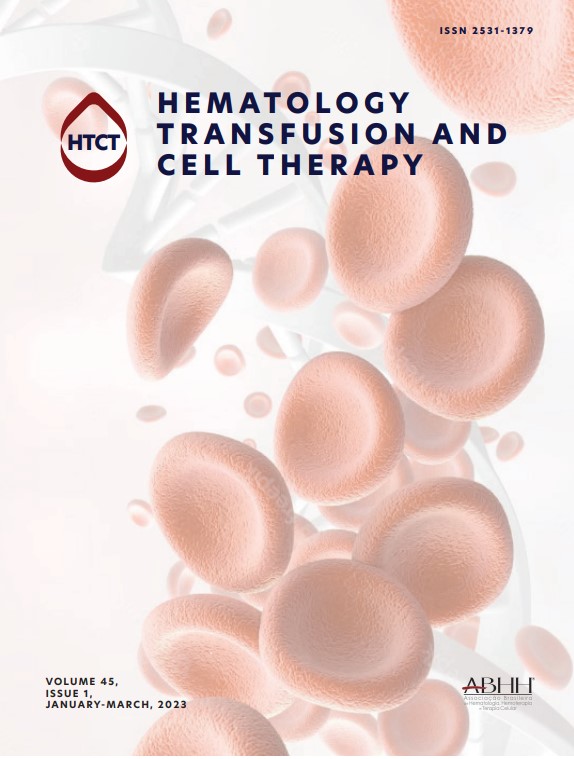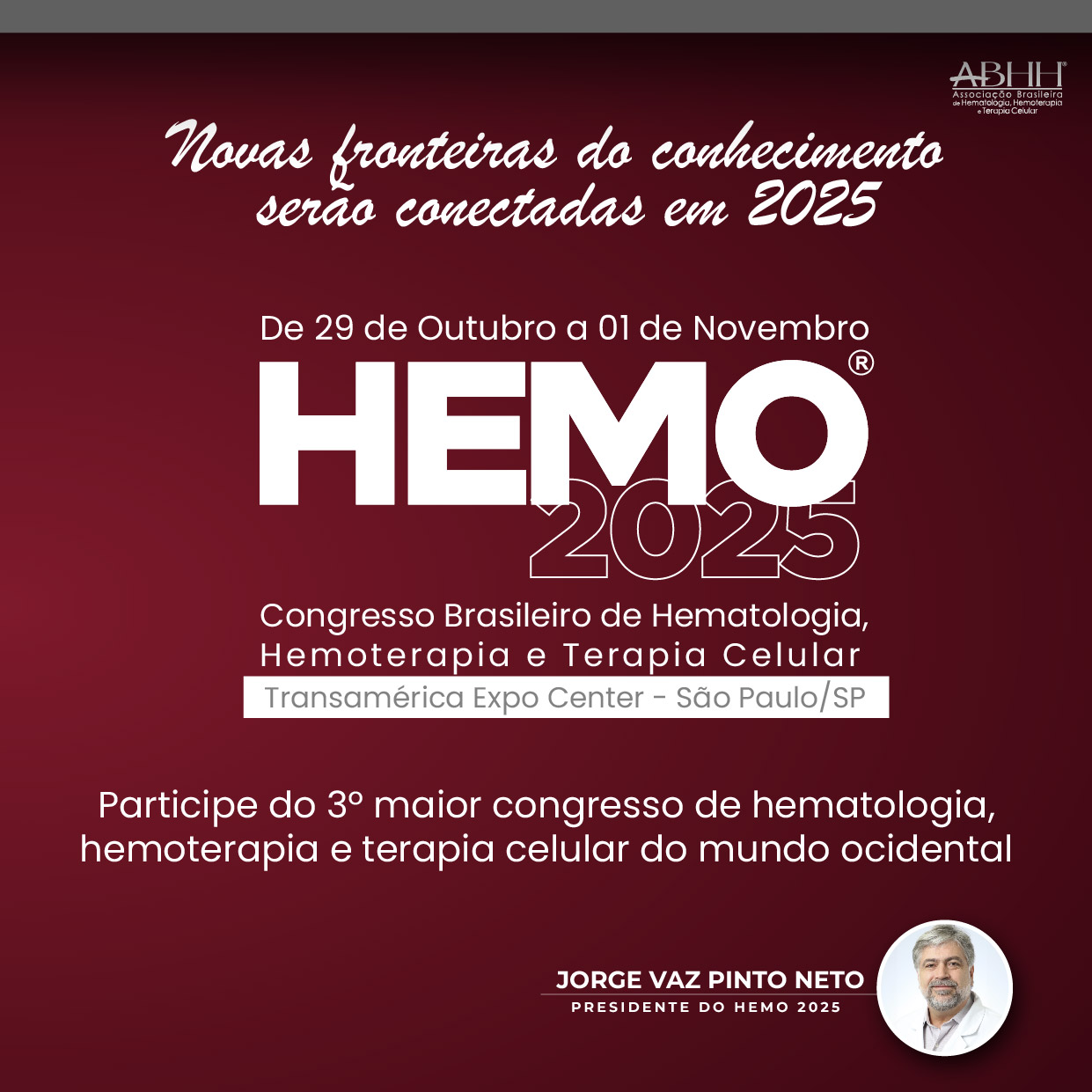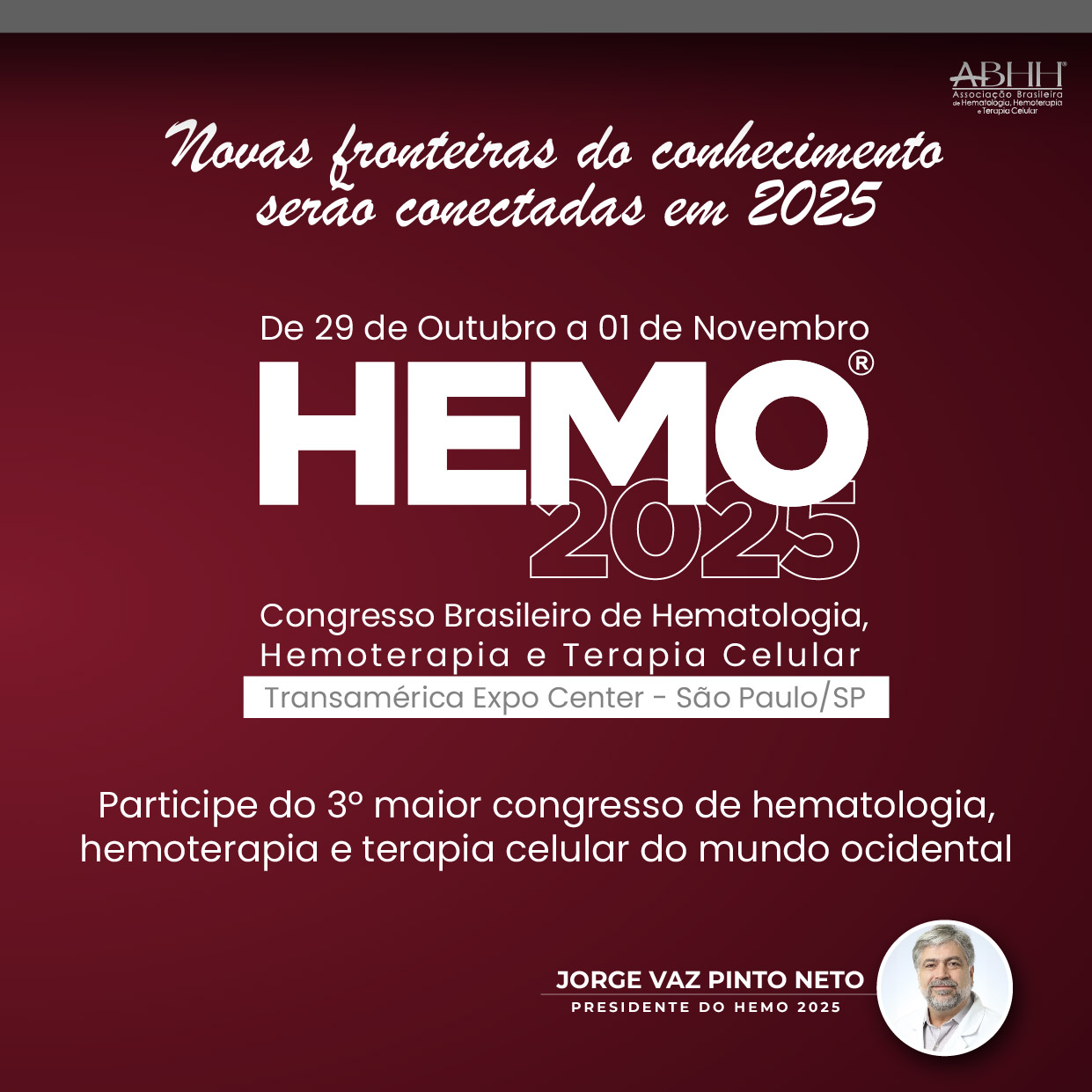Corresponding author at: Instituto do Coração do Hospital das Clínicas da Faculdade de Medicina da Universidade de São Paulo (Incor – HCFMUSP), São Paulo, SP, Brazil.
que se leu este artigo
| Ano/Mês | Html | Total | |
|---|---|---|---|
| 2025 12 | 87 | 77 | 164 |
| 2025 11 | 149 | 58 | 207 |
| 2025 10 | 104 | 30 | 134 |
| 2025 9 | 94 | 45 | 139 |
| 2025 8 | 86 | 18 | 104 |
| 2025 7 | 91 | 23 | 114 |
| 2025 6 | 65 | 20 | 85 |
| 2025 5 | 86 | 18 | 104 |
| 2025 4 | 56 | 18 | 74 |
| 2025 3 | 81 | 31 | 112 |
| 2025 2 | 67 | 33 | 100 |
| 2025 1 | 37 | 22 | 59 |
| 2024 12 | 31 | 16 | 47 |
| 2024 11 | 46 | 28 | 74 |
| 2024 10 | 44 | 24 | 68 |
| 2024 9 | 60 | 25 | 85 |
| 2024 8 | 51 | 22 | 73 |
| 2024 7 | 50 | 31 | 81 |
| 2024 6 | 72 | 33 | 105 |
| 2024 5 | 67 | 18 | 85 |
| 2024 4 | 88 | 44 | 132 |
| 2024 3 | 41 | 25 | 66 |






